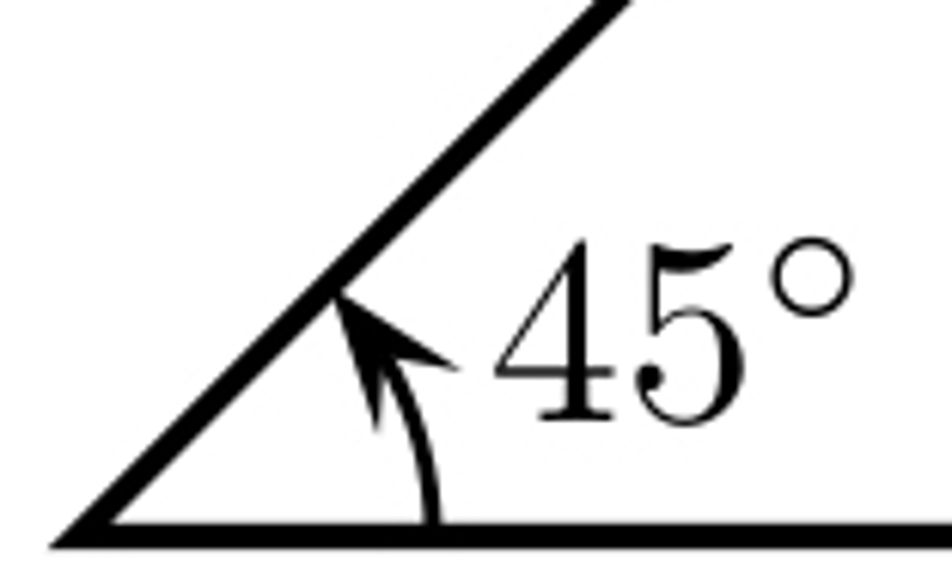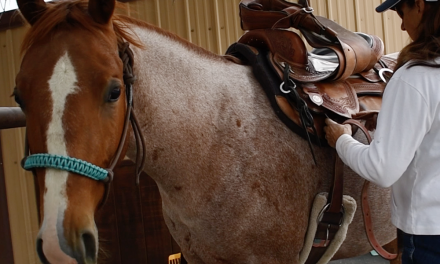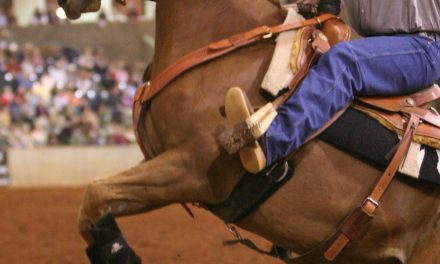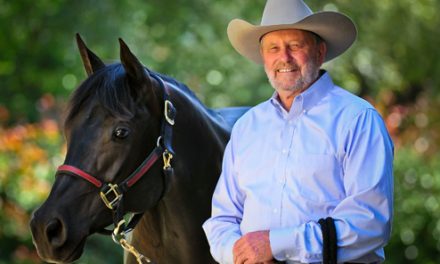THE WAY OF HORSES
 Train A, traveling 70 miles per hour (mph), leaves Westford heading toward Eastford, 260 miles away. At the same time Train B, traveling 60 mph, leaves Eastford heading toward Westford. When do the two trains meet? How far from each city do they meet?
Train A, traveling 70 miles per hour (mph), leaves Westford heading toward Eastford, 260 miles away. At the same time Train B, traveling 60 mph, leaves Eastford heading toward Westford. When do the two trains meet? How far from each city do they meet?
After reading the previous math question, do you experience a flashback to your school days? Do you feel excessive anxiety? Does your brain go numb?
I do. I hated math class.
Now try this problem: A horse feed product recommends: feed a minimum of 0.5 pounds per 100 pounds of bodyweight per day to an adult horse at maintenance activity level. Your horse weighs 1,150 pounds. How much would you feed?
I wish they would have had problems like that in math class. I might have paid attention.
The formula to determine the answer is: 1,150 times 0.005, which equals 5.75 pounds a day. Or: 1,150 divided by 100 equals 11.5, times 0.5 which equals 5.75 pounds per day.
Despite our aversion to math it is important to many horse-related activities.
When evaluating a horse’s conformation we need to understand angles and ratios. For example, the desired shoulder angle is approximately 45 degrees. An upright shoulder will result in a horse with limited range of motion and a short choppy stride. And the angle of the pastern should be near the same angle as the slope of the shoulder. Can you visualize a 45 degree angle?
Here’s a conformational ratio example: the length of the neck, from the pole to the withers, should have a ratio of 2 to 1 when compared to the length of the underline of the neck (from the throatlatch to the point of shoulder). This allows for flexion and balance. An inverted ratio will cause the horse to be “ewe-necked”.
Understanding ratios is important in nutrition. For example, the ratio of calcium to phosphorus should be a minimum of one part calcium to one part phosphorus (1:1). If the diet is providing more phosphorus than calcium (an inverted ratio), the horse’s body will draw on the calcium in the bones. This deficiency will result in fractures, weak bones and poor performance. This is only one example of a nutritional ratio that needs to be correct.
Then there is the dreaded metric system. The United States is one of the last countries that still use the Imperial (Standard) System. It is hard for us to think in metric, but equestrians need to learn the basics.
Can you trot a 10 meter half circle and canter a 15 meter circle? That’s from the United States Equestrian Federation’s First Level Test 1. (One meter equals 2.8 feet.)
Determining medication and supplement dosages may depend on understanding the metric system. Directions on a popular paste used for equine inflammatory conditions calls for: “1 to 2 grams of per 500 lb. of body weight, but not to exceed 4 grams daily” Luckily the delivery method is clearly marked. (A small paper clip weighs about a gram – very light.)
One of the greatest joys of graduating was no more math – little did I know!
For those curious about the answer to the train problem: the two trains will meet in two hours, and will meet at a point 140 miles from Westford and 120 miles from Eastford. Don’t ask me to explain it, but you can see the formula at: http://mathforum.org/dr.math/faq/faq.two.trains.html
* Take the online courses “Conformation and Selection” and “Nutrition for Maximum Performance” for a fresh look at math. Earn certification or work toward a Bachelor of Science degree in Equine Studies. Go to www.horsecoursesonline.com for more information.





